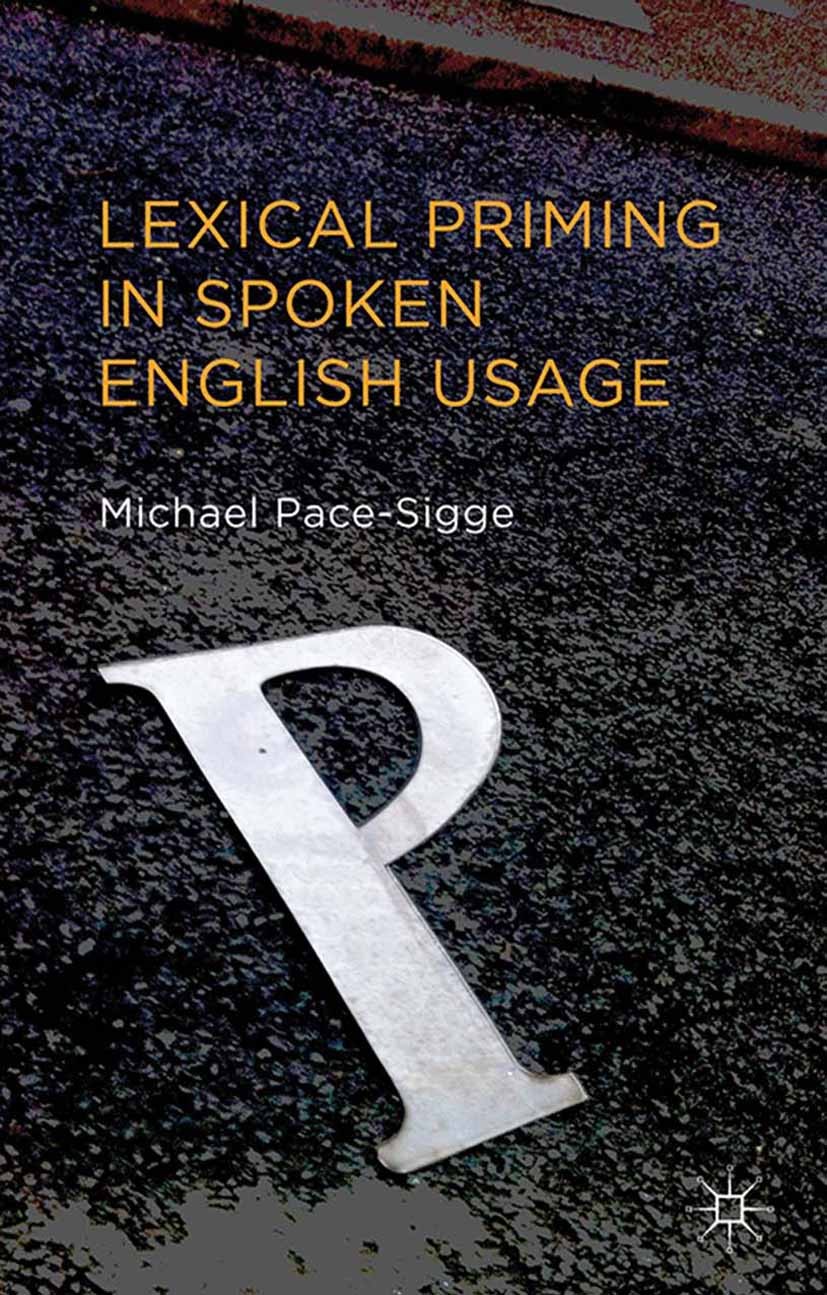| 书目名称 | Lexical Priming in Spoken English Usage |
| 编辑 | Michael Pace-Sigge |
| 视频video | http://file.papertrans.cn/586/585437/585437.mp4 |
| 图书封面 |  |
| 描述 | This book shows that over forty years of psychological laboratory-based research support the claims of the Lexical Priming Theory. It examines how Lexical Priming applies to the use of spoken English as the book provides evidence that Lexical Priming is found in everyday spoken conversations. |
| 出版日期 | Book 2013 |
| 关键词 | Lexical Priming; Spoken English use; bibliography; discourse; English; literary diction |
| 版次 | 1 |
| doi | https://doi.org/10.1057/9781137331908 |
| isbn_softcover | 978-1-349-46150-9 |
| isbn_ebook | 978-1-137-33190-8 |
| copyright | Palgrave Macmillan, a division of Macmillan Publishers Limited 2013 |
 |Archiver|手机版|小黑屋|
派博传思国际
( 京公网安备110108008328)
GMT+8, 2025-12-17 11:57
|Archiver|手机版|小黑屋|
派博传思国际
( 京公网安备110108008328)
GMT+8, 2025-12-17 11:57


